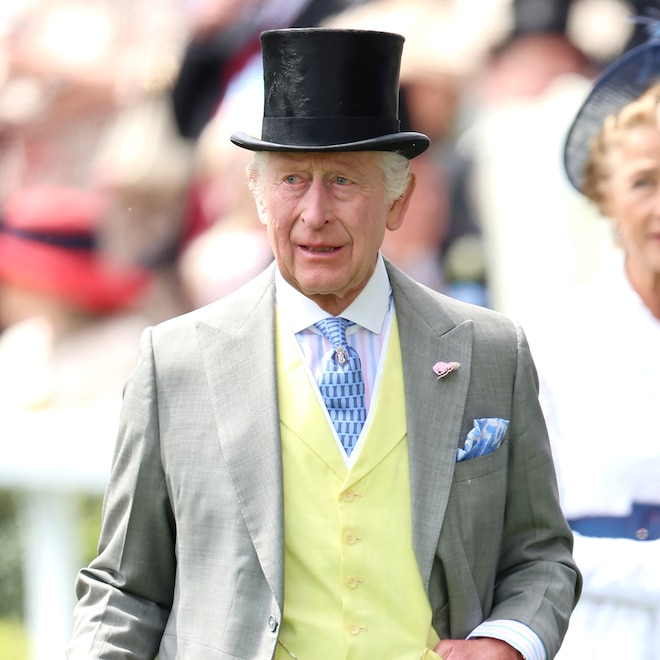
Major League Baseball uniforms are meant to withstand sprints, slides, and sweat—but they have instead been the literal butt of jokes, defined by split pants seams, sweat stains, and translucent pants that leave little to the imagination.
After months of player complaints, it appears MLB will address its Nike-produced jersey, with the outfitter expected—but not confirmed—to change its design, according to an MLB Players Association memo sent to players Sunday and obtained by ESPN. MLB declined Fortune’s request for comment.
“We cautioned Nike against various changes when they previewed them in 2022, particularly regarding pants,” the memo said. “MLB had been, and has been, aware of our concerns as well. Unfortunately, until recently Nike’s position has essentially boiled down to — ‘nothing to see here, Players will need to adjust.’”
In addition to taking issue with the uniform’s flimsy material, players have also complained about the jersey’s small lettering, poor sizing, and mismatched coloring. Nike is expected to redesign its jerseys ahead of the 2025 season at the latest, including enlarging jersey lettering size, matching uniform colors, and addressing the jersey’s propensity to absorb moisture.
Though Fanatics, the jersey’s manufacturer, has encountered previous quality control issues in providing NHL’s jerseys, the MLBPA absolved it of wrongdoing.
“This has been entirely a Nike issue,” the memo said. “At its core, what has happened here is that Nike was innovating something that didn’t need to be innovated.”
Nike did not respond to Fortune’s request for comment.
MLB struck a 10 year, $1 billion deal with Nike and Fanatics in 2019 to design and manufacture its jerseys, with the 2023 All-Star Game and 2024 season marking the first major uniform design shift since the deal. The new Vapor Premier jerseys, made of mostly recycled polyester, were meant to have moisture-wicking technology that dries faster than conventional fabrics, as well as more stretch, according to MLB. Nike body-scanned over 300 players to design the uniform’s fit.
“We worked closely with players, teams and the league to create the most advanced uniforms in the history of M.L.B., which are lighter and more flexible,” Nike told the New York Times in March.
Per the Athletic, which obtained the MLB memo, the modifications does not mean Nike or the league will revert back to prior uniform designs.
A fraying image
Nike has navigated quality control snafus for years. Duke University basketball star Zion Williamson fell in a 2019 game against its North Carolina Tar Heels rivals after the sole of his Nike shoe split. In 2017, after Nike designed a “lighter” jersey for NBA players, the brand came under scrutiny once again. At least five players had jerseys that tore down the middle during the regular season.
But more concerning to Nike is its at-times tawdry reputation extends outside of ballparks and stadiums and to its business strategy. Though the company reported modestly higher third-quarter revenue last month, it also posted a $1.2 billion, or 5%, drop to net income, largely because of its failure to make an impact with its direct-to-consumer storefront strategy amid increased competition.
The company said it would cut $2 billion in costs over three years and expects to see a dip in fiscal 2025 revenue for the first half of the year as it shifts strategies, relying less on mainstay classics and more on completely new technology and products.
“It’s not just about a product or an item here and there,” CEO John Donahoe said in its March 21 earnings call. “It’s about building a robust pipeline of innovation.”
Nike announced in February it would cut 2% of its workforce, with Donahoe arguing earlier this month that the company’s remote work policy was impacting its ability to innovate.
The outfitter will have another opportunity to repair its reputation this summer: During the summer Olympics in Paris, the brand will be outfitting athletes from the U.S., as well as China, Canada, Kenya, and Uganda.
“It will remain to be seen whether Nike has the strong product to [capitalize] on the attention it will get,” Tom Nikic, analyst at investment firm Wedbush, told Reuters.













:quality(85):upscale()/2024/12/24/622/n/1922564/9eb50f2c676abd9f1647c5.05876809_.jpg)








